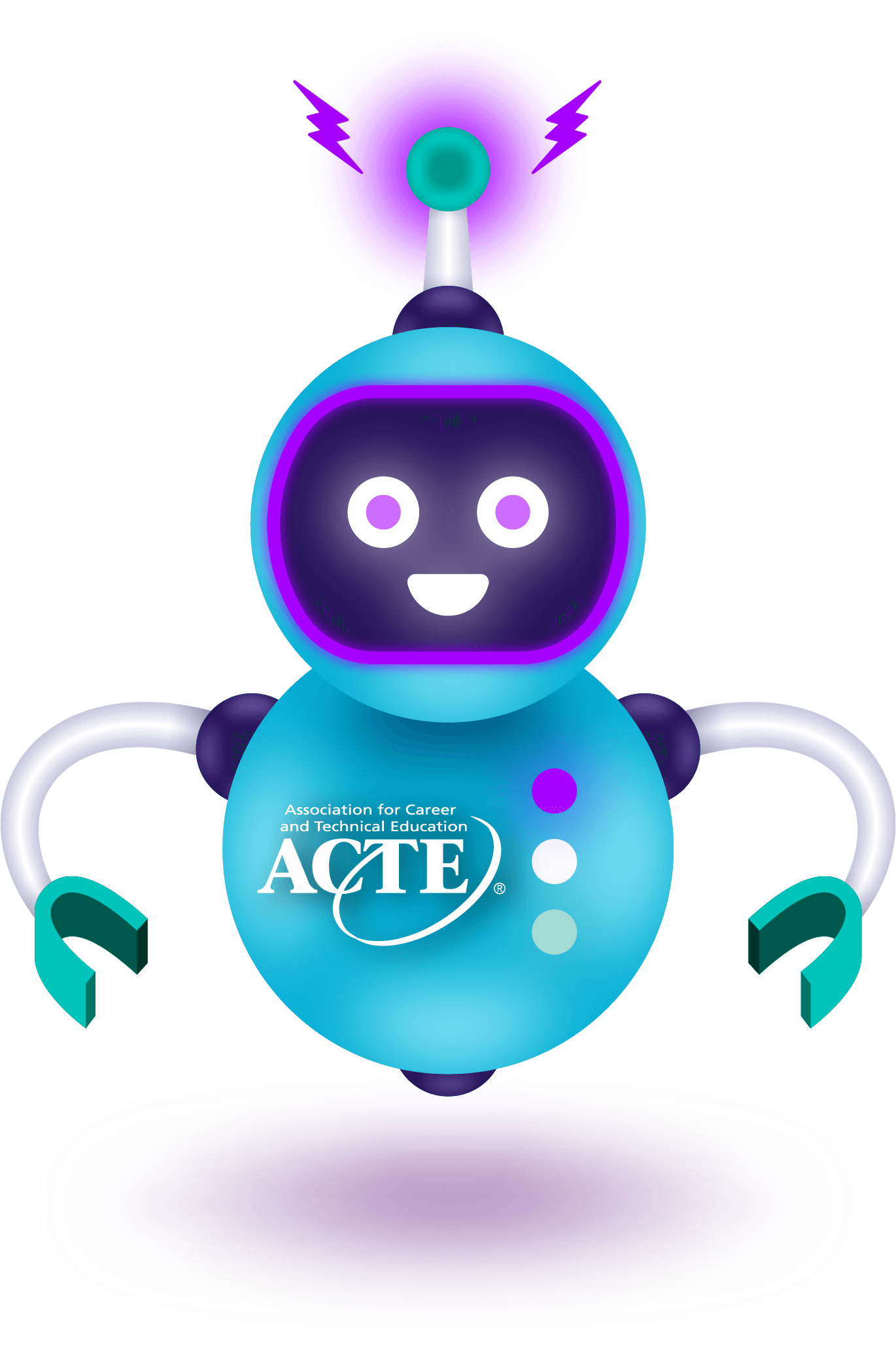The Apply and Communicate for Transition Now Discussion Tool uses universal design for learning to begin with the end in mind. Students:
- Identify what they are interested in
- Are provided multi-tiered learning opportunities
- Determine what services or careers would be a good match for them
Part one of this series provided the positive and significant results we experienced using the discussion tool. Part two will discuss how to leverage our results for success in your setting.
In the initial rigorous study of the Apply and Communicate for Transition Now Discussion Tool, career exploration questions were combined with a review of students’ IEP or 504 accommodations and available options for support services and resources. Use of the discussion tool helps schools and other agencies collaborate and work together by providing:
- An opportunity to define an individualized plan for each student.
- The opportunity for the student ownership over their strengths, needs and outcomes.
- Documentation that career development and support services discussions were held.
- Data and student input to explore innovative learning strategies.
- A consistent, clear and legal method to transfer student information and planning among key stakeholders
Using the discussion tool students assess their understanding by:
- Ranking their readiness in an area
- Determining confidence in their ability
- Setting a goal for improvement
During ongoing discussions, students review previous answers and appraise their progress made in that area. Students begin to see themselves achieving goals and making progress toward the future. The tool provides students and school teams a valuable strategy. Students learn to articulate and communicate their strengths and needs, and they select CTE preferences.
Within the discussion tool exists a framework for multi-tiered systems of support.
- Tier 1 — universal instruction: College and career planning is open to all students in the school.
- Tier 2 — targeted instruction: Some students receive career exploration and group introductions to available support services.
- Tier 3 — intensive instruction: A few students receive career guidance and individualized introductions to selected support services.
Implementing an interagency collaborative vision
Several steps developed for the Apply and Communicate for Transition Now Discussion Tool research trial can be implemented in your setting.
Learn about others’ contributions.
Access and equity for inclusion requires collaboration. The SPED teacher can contact the CTE teacher to learn what class and industry standards the student is to achieve, such as passing a state test to become certified. The CTE teacher can contact the SPED teacher to learn more about instructional delivery methods and resources, such as how to access course materials in audio format.
Address concerns as a team.
Schools might establish specific times to meet and address teacher concerns and provide student support. CTE, SPED teachers and counselors can also discuss and resolve issues, such as additional academic support, accommodations, transportation, and scheduling conflicts for individual students or programs.
Listen to understand. Then engage in student-driven discussions.
Ongoing, scripted discussions help students understand their strengths and needs relative to the industry standards of a desired career. This understanding allows students to set realistic goals and create a list of resources for assistance. Students benefit from “opportunities to develop self-awareness by engaging in honest and respectful discussions” (Rowe et. al, 2015, p. 21).
While goal setting is primarily the function of counselors and SPED, CTE provides valuable input on course and industry standards and potential accommodations for licensing examination.
Create a support services and resources page.
The support services and resources page helps students, CTE, SPED teachers and counselors identify and discuss:
- CTE pathways, course options, course objectives
- Academic content, proficiency and industry standards
- Possible connections with school and community support services
- Process to transfer of information between institutions of choice
Quick access to accurate information saves time and frustration for teachers and students. Include details about what is available, where the resource is located, how to qualify for program participation, who to contact for follow up questions, and how to contact. Don’t forget the official webpage of the service provider. (The writers have provided a downloadable template for use in your setting.)
Conclusion
To provide students equitable access, we have to plan with the end in mind. When educators engage students, students are more likely to succeed. The community at large will benefit when SWD experience uninterrupted progress on their pathway to education and employment.
Still to come:
- Part Three will discuss how it all applies to Perkins V.
Shirley Dawson, Ph.D., is an associate professor at Weber State University. She researches and teaches courses in special education law, transition planning, and teacher development. Email:
Melanie Allen, M.Ed, is a school special education teacher. She helps students and their parents explore their career options, determine goals, and facilitates school collaboration and interagency connections. Email:
Adam King, M.S., is an assistant principal in Davis School District. He has also worked as a special education teacher and district SPED/504 coordinator.
The research reported for 2018–19 is supported by the Institute of Education Sciences, U.S. Department of Education, through Grant R324L180011 to Weber State University. The opinions expressed are those of the authors and do not represent views of the Institute or the U.S. Department of Education.







